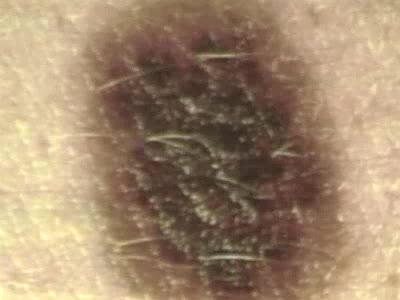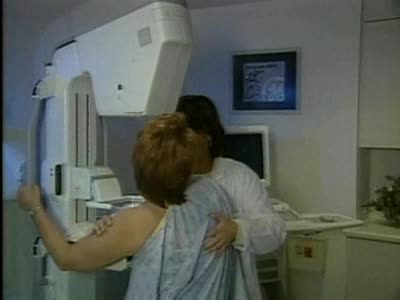Search Results
Results for: 'Genetics of Cancer'
By: Administrator, Views: 9771
Cancer refers to any malignant tumor. Incidence of cancer is five times higher than 100 years ago. Strikes 1 of every 3 Americans. Has become one of the more treatable of the major diseases in the U.S. Highly advanced surgical techniques Chemotherapy and radiation therapy Immunotherapy and ...
By: Administrator, Views: 9715
Basal cell carcinomas (BCC) account for 80 percent of the skin cancers seen in the older adult. These cancers are generally slow growing but should be surgically removed as soon as possible.
By: Administrator, Views: 9489
Genetics is a branch of biology concerned with the study of genes, genetic variation, and heredity in organisms. Gregor Mendel, a scientist and Augustinian friar, discovered genetics in the late 19th-century. Mendel studied "trait inheritance", patterns in the way traits are handed down from p...
Mendel's Principles of Inheritance (Father of Genetics)
By: HWC, Views: 6300
Gregory Johann Mendel, a monk living in the mid-1800's, is known as the "Father of Genetics" for his experiments with pea plants in the abbey garden. These experiments led him to deduce the fundamental law of genetics. Mendel was an Augustinian friar who entered, in 1843, the Abbey of St. Thom...
By: Administrator, Views: 9307
Breast cancer is cancer that develops from breast tissue. Signs of breast cancer may include a lump in the breast, a change in breast shape, dimpling of the skin, fluid coming from the nipple, a newly inverted nipple, or a red or scaly patch of skin. In those with distant spread of the disease, t...
By: Administrator, Views: 10164
Leukemia is a type of cancer that affects the blood and bone marrow. Leukemia begins in a cell in the bone marrow. The cell undergoes a change and becomes a type of leukemia cell. Once the marrow cell undergoes a leukemic change, the leukemia cells may grow and survive better than normal cells.
By: Administrator, Views: 264
Mammography (also called mastography) is the process of using low-energy X-rays (usually around 30 kVp) to examine the human breast for diagnosis and screening. The goal of mammography is the early detection of breast cancer, typically through detection of characteristic masses or microcalcificat...
By: Administrator, Views: 10030
How smoking triggers asthma attacks and respiratory issues. Secondhand smoke is smoke from burning tobacco products, such as cigarettes, cigars, or pipes. Secondhand smoke also is smoke that has been exhaled, or breathed out, by the person smoking. Tobacco smoke contains more than 7,000 ...
By: Administrator, Views: 9738
The precise source of diabetic issues in children is not known. However, aspects like genetics, household history, bad diet plan, etc. are considered as some of the diabetes causing aspects. In many of the cases, adolescent diabetes is a genetic (acquired at birth). diabetes symptoms in children ...
Advertisement











